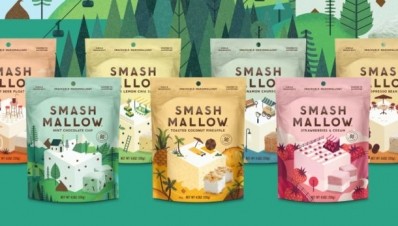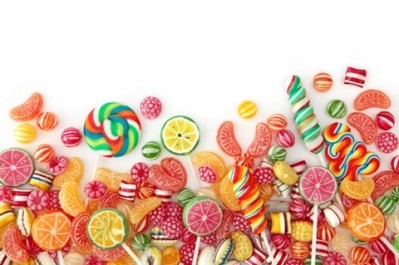Food gifting market will approach $18 billion in 2016, says Packaged Facts

Packaged Facts defined food gifts - sales of which it predicts will rise 3.5% in 2016 - as any presentably pre-packaged edible good that is not homemade. In this large scope, the report’s sales numbers included purchases by individuals who wanted to treat themselves.
Approximately 59% of food gift sales are consumer sales, and 39% are corporate sales, says Packaged Facts, which predicts that the latter is estimated to enjoy more growth in 2016 —4% for corporate sales compared to 2.5% by individual consumers.
Candies for others, condiments for self
Leading the market by a wide margin is chocolate and candies, where 28% of food gifters reported they have bought a box of chocolate and candy for someone else in the past 12 months.
Continuing a seven-year-old trend, the categories that follow boxed chocolate and candy are baked gift foods (19%), coffee/tea hot chocolate (17%), and nut or salty snack gift foods (15%).
When it comes to self-gifting and indulgence, chocolates and candies are also popular, with 29% of consumers purchasing this for themselves. But cooking condiments and sweet condiments are more popular for self-gifters compared to the baked goods and hot beverages popular to give others.
In food gifts, appearance matters
For at least 43% of food gifters, “aesthetically pleasing gifts pre-wrapped in aesthetically pleasing gift packaging” is a priority when selecting a product. But top of the list is quality—56% of respondents said that it was the most sought out attribute when looking for the perfect food gift.
Value had less of a role to play in food gift purchasing decisions, and the data revealed that more than half of food gifters spend at least $30 per gift. This reflects the overarching trend that wealthier households tend to purchase gift foods.
“According to the Bureau of Labor Statistics Consumer Expenditures Survey, $100K+ households contributed 57.6% of total consumer food gift spending in 2015, even though they comprise only 21.1% of U.S. households,” the report said.
Click HERE to read more about the report.






